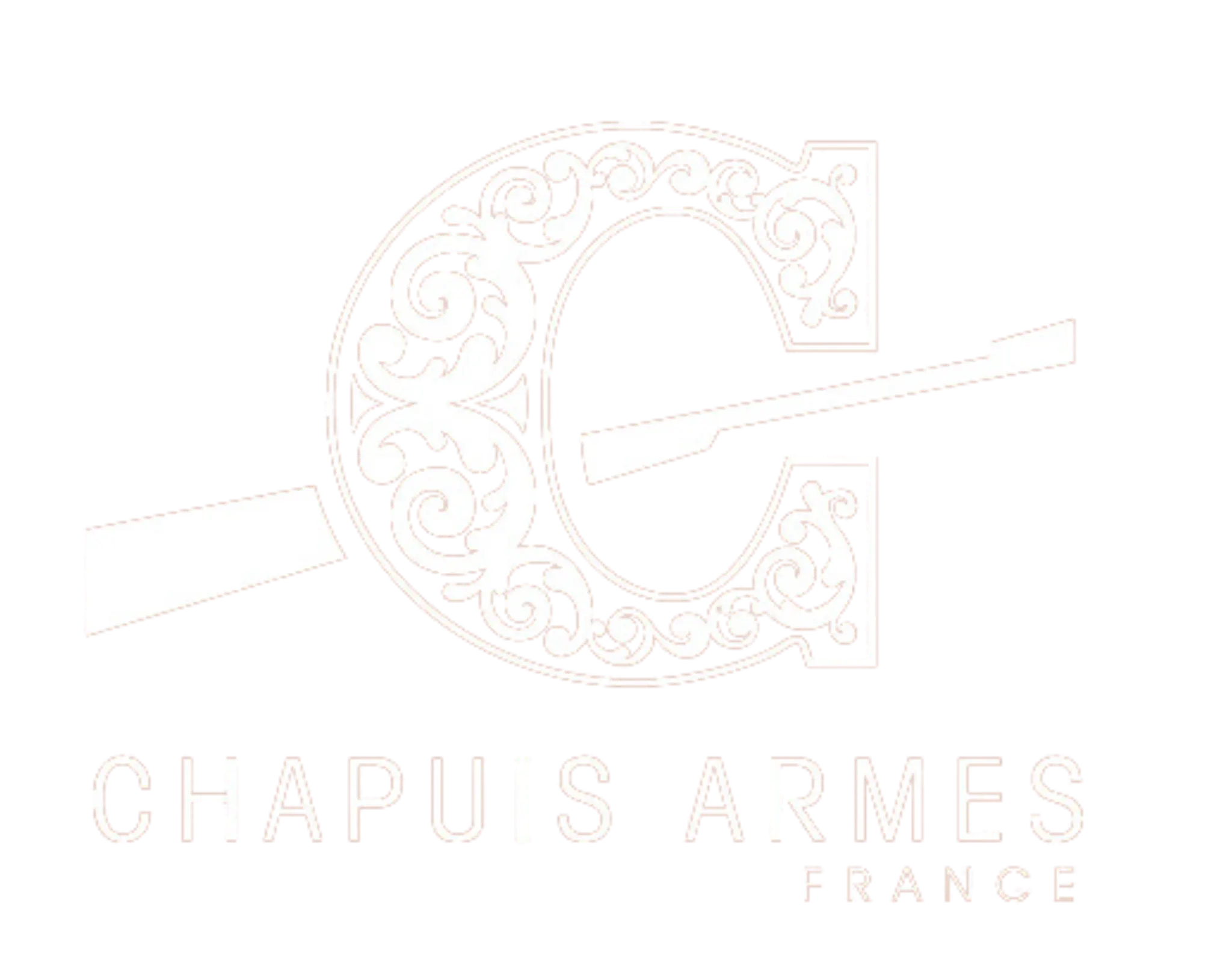CHAPUIS ARMES
Between modernity and tradition, Chapuis Armes continues to adapt to a constantly evolving market without ever sacrificing the level of craftsmanship and the traditional character of its firearms—qualities that have, over the decades, forged the company’s reputation and expertise.
The Story of Chapuis Armes
A century-old legacy of excellence in French gunmaking
Located in Saint-Bonnet-le-Château, in the Loire region—the historic cradle of French gunmaking—Chapuis Armes has been preserving exceptional craftsmanship in firearm manufacturing for over a century.
Just 25 kilometers from the Saint-Étienne CIP proof house, our company stands firmly within the great gunsmithing tradition of the region, while constantly innovating to meet the expectations of the most demanding hunters.
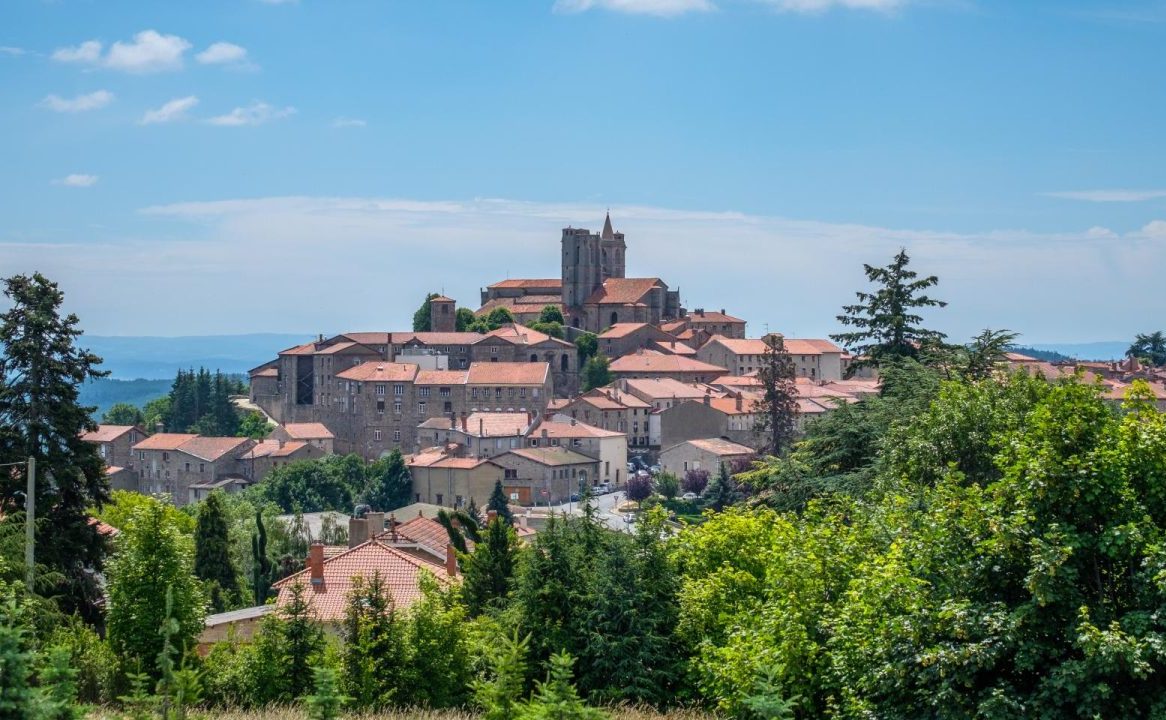
The Origins
At the end of the 19th century, the first generation of the Chapuis family began working in the gunmaking trade. André Chapuis established himself as a basculeur (action maker), taking part in the rise of the gunsmithing craft in the Saint-Bonnet-le-Château area.
At that time, the gunmakers of Saint-Étienne were seeking skilled artisans capable of producing high-precision mechanical components. The medieval village of Saint-Bonnet-le-Château and the surrounding towns were already well known for their long-standing locksmithing tradition.

The Creation of the Chapuis Workshops
Jean-Louis Chapuis, born in July 1899, was the first in the family to establish his own workshop. In the mid-1930s, he set up his workshop in the barn located behind his bar in the heart of the village.
At that time, the actions were machined and purchased from Chataing-Durand, a local subcontractor also based in Saint-Bonnet-le-Château.
This period marked the true beginning of the industrial journey of Chapuis Armes.
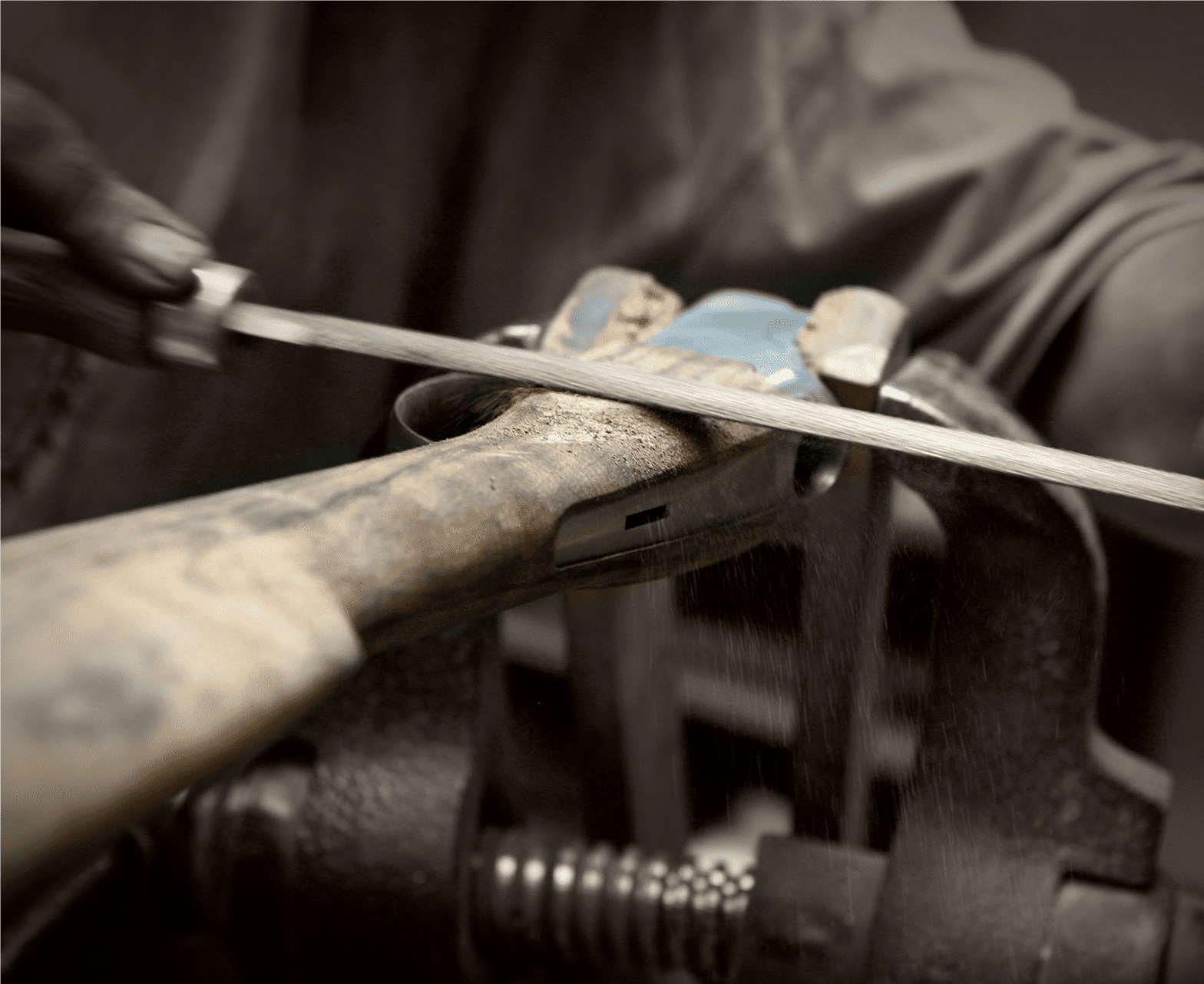
The War Years and the Rebirth
During World War II, Jean-Louis Chapuis was assigned to the Manufacture Nationale d’Armes de Saint-Étienne (National Arms Factory of Saint-Étienne).
The years 1940–1945 left the region’s gunsmiths without work, but Jean-Louis took advantage of this period to assemble a few complete firearms.
In 1951, the first shotgun officially proof-tested by Chapuis was born.
His sons soon joined him in the workshop, and together they began producing complete firearms while continuing to manufacture actions for gunmakers from Saint-Étienne. At that time, the workshop employed five or six craftsmen.

Expansion and Independence
In 1957, Chapuis reached a major milestone by acquiring its first workshop in Saint-Étienne, along with all its woodworking machinery, enabling the complete production of gunstocks.
The following year, Claude Breuil’s barrel-making workshop from Saint-Étienne joined the company.
In 1960, the company acquired the Odegaard brand, known for its finely crafted over-and-under shotguns.
In February 1966, “Établissements Chapuis” was incorporated as a joint-stock company, marking a new stage in the company’s development.
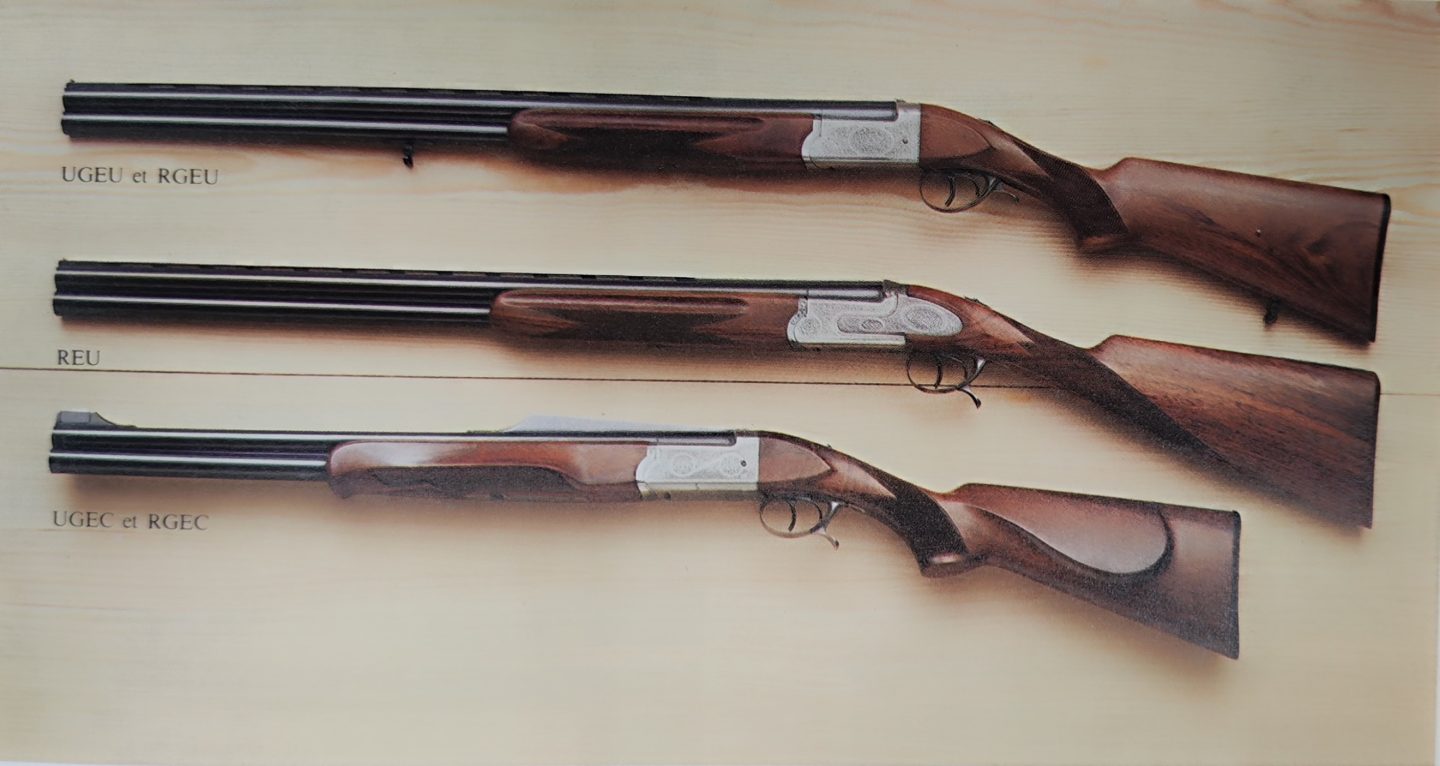
The Era of Innovation
In 1968, the company acquired Chataing-Durand, a specialist in machining shotgun actions, further strengthening its independence. Mastery of the entire manufacturing process allowed Chapuis to focus on innovation.
In the early 1970s, seeking a new side-by-side model to expand their range, Les Établissements Chapuis hired an engineer with whom they would file numerous patents.
He first designed an over-and-under shotgun with the locking key located on the trigger guard, similar to Manufrance’s IDEAL shotgun.
This led to the creation of the Super Europ, which was manufactured and sold in several thousand units by Les Établissements Chapuis.

1974 marked a turning point with the creation of the “Progress” shotgun and its particularly robust double-hook locking system.
This model paved the way for the development of double express rifles, launched in 1975, which would become a house specialty.


Restructuring
The 1980s were marked by the acquisition of Gaucher, creating the Chapuis-Gaucher group. Despite challenges that led to a restructuring in 1983, René Chapuis revived operations in 1985 under the name Chapuis Armes.
The first bolt-action rifle, the “Centaure,” was introduced in 1980, followed by the Gévaudan rifle, which remained in production for four to five years.
In 1985, René Chapuis founded Chapuis Armes and reclaimed the patents and machinery from the former Chapuis establishments.
In 1990, the company moved into a new 3,000 m² modern factory, built around a 50- and 100-meter shooting tunnel.
This modernization went hand in hand with the introduction of the first CNC (computer numerical control) machines.

Notable Launches
1991: Launch of the single‑shot rifle “OURAL.”
1994: Creation of the famous Super Orion, which enjoyed immediate commercial success — as did the Progress side‑by‑side shotgun.
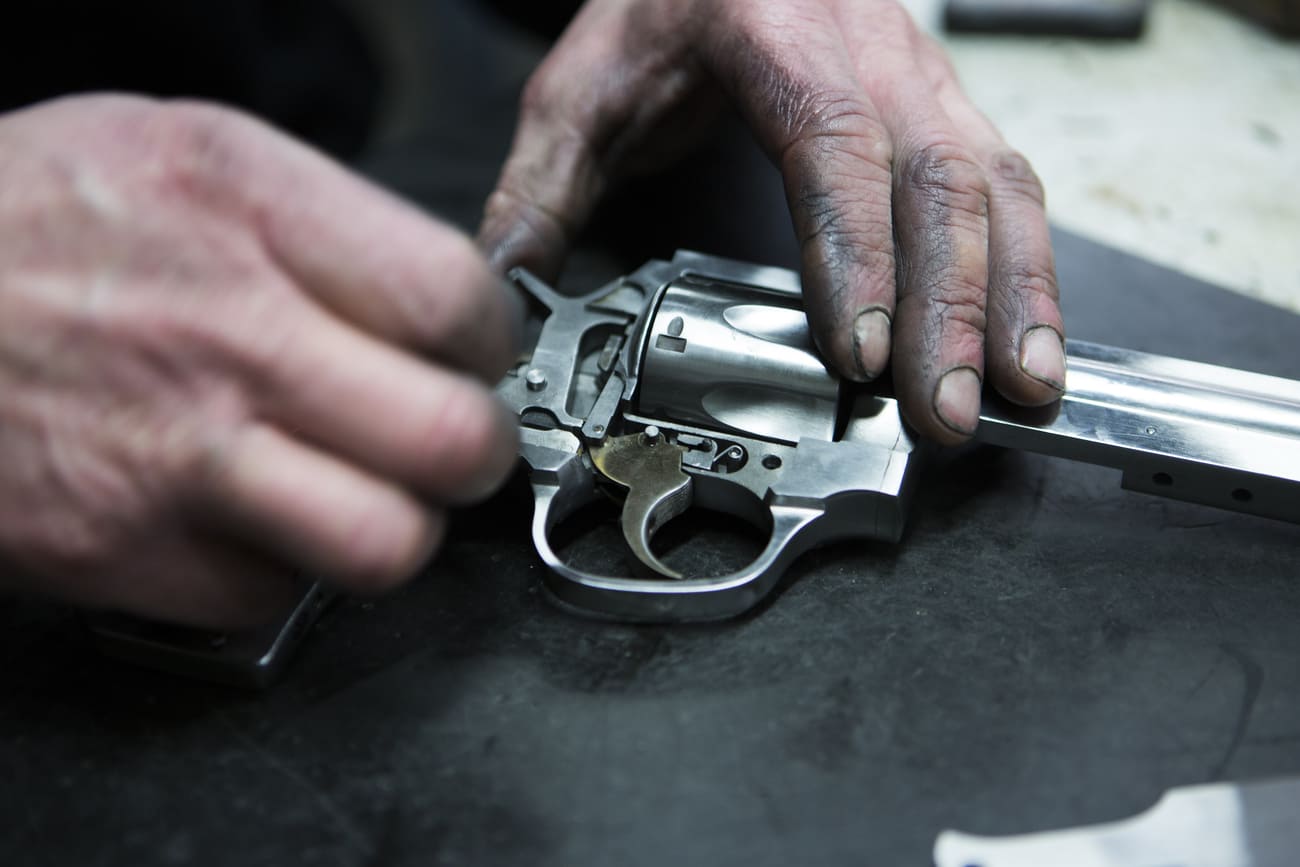
Diversification and Excellence
In 1994, the Artisanal Workshop was established for the production of high-end models.
This was followed by the creation of Chapuis Shooting Arms Manufacture (MATCH) in 1998, after acquiring the handgun and target shooting division of MANURHIN in Mulhouse.
The entire business and production equipment dedicated to revolver manufacturing were relocated to Saint-Bonnet-le-Château in a new 3,000 m² building, constructed specifically for this purpose adjacent to the first facility.
This unit secured a supply contract for the national police, representing nearly 40% of its turnover.
2003: Launch of the “Challenger.”
In 2004, a new generation took the helm: Vincent Chapuis became CEO and David Chapuis General Manager, while René Chapuis retained the position of Chairman of the Board.
This transition preserved the family spirit while modernizing the company.
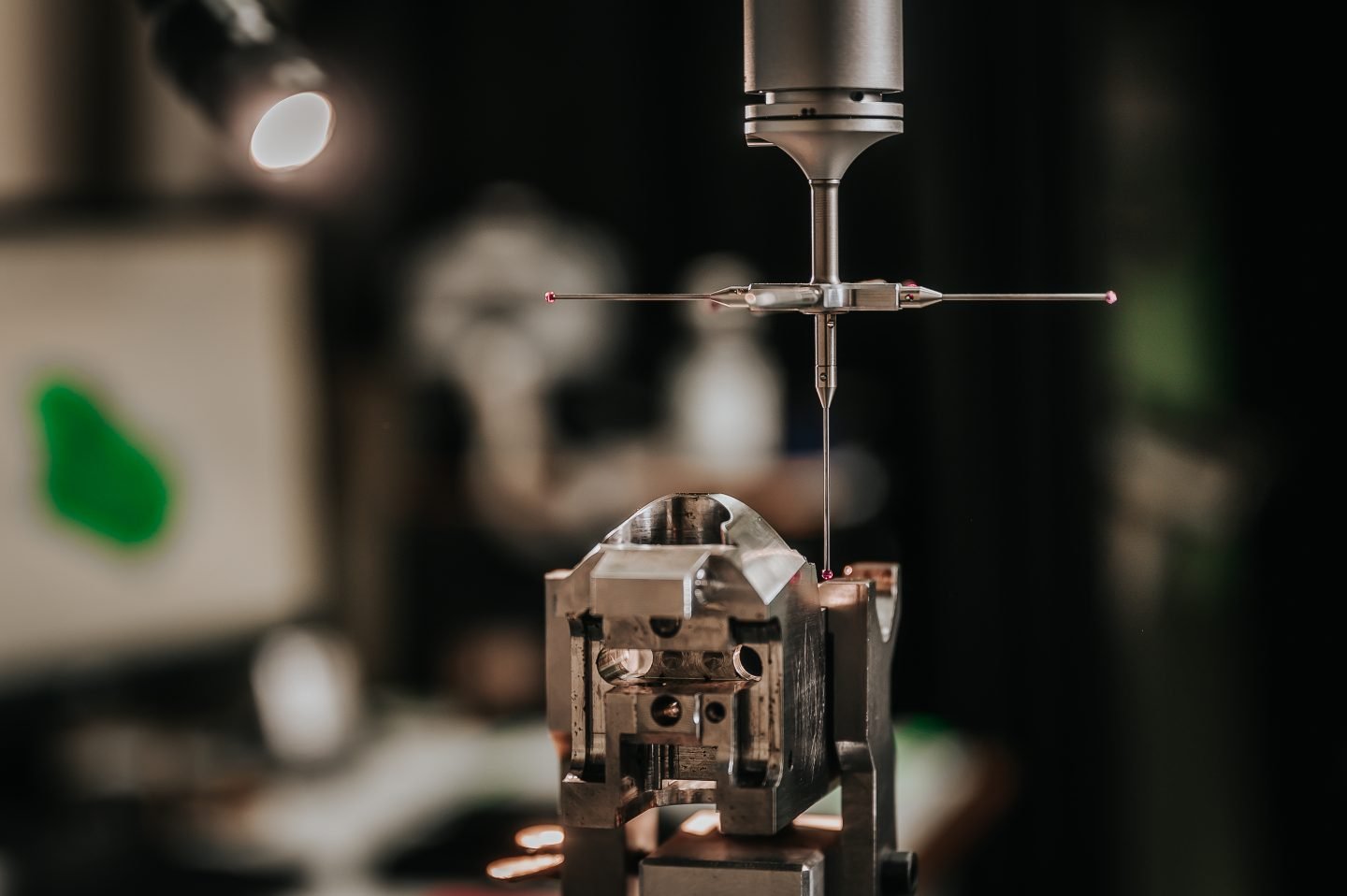
Modernization and Recognition
In 2006, a new laser engraving technology was introduced, allowing high-precision finishes on the very first models of the range. In 2010, the company acquired a high-speed 5-axis Mikron machining center.
In 2012, Chapuis Armes received the prestigious “Entreprise du Patrimoine Vivant” (Living Heritage Company) label, an official recognition of its artisanal excellence and its deep roots in French industrial heritage.
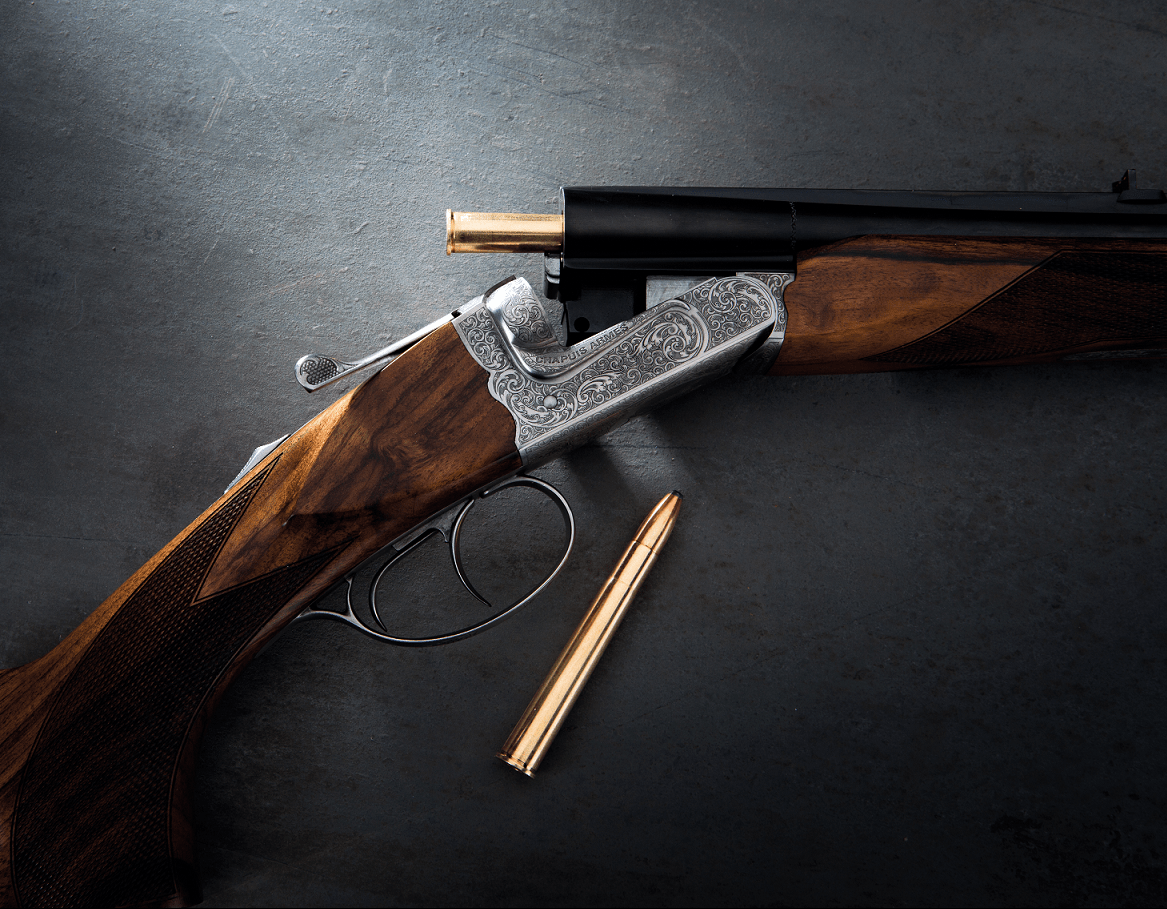
Launch of the S12 and X4
2013: Launch of the S12 over-and-under express shotgun
- New patented mechanical adjustment system
- Floating barrel system
Production of the “Challenger” was discontinued.
2014: Launch of the X4 side-by-side express shotgun
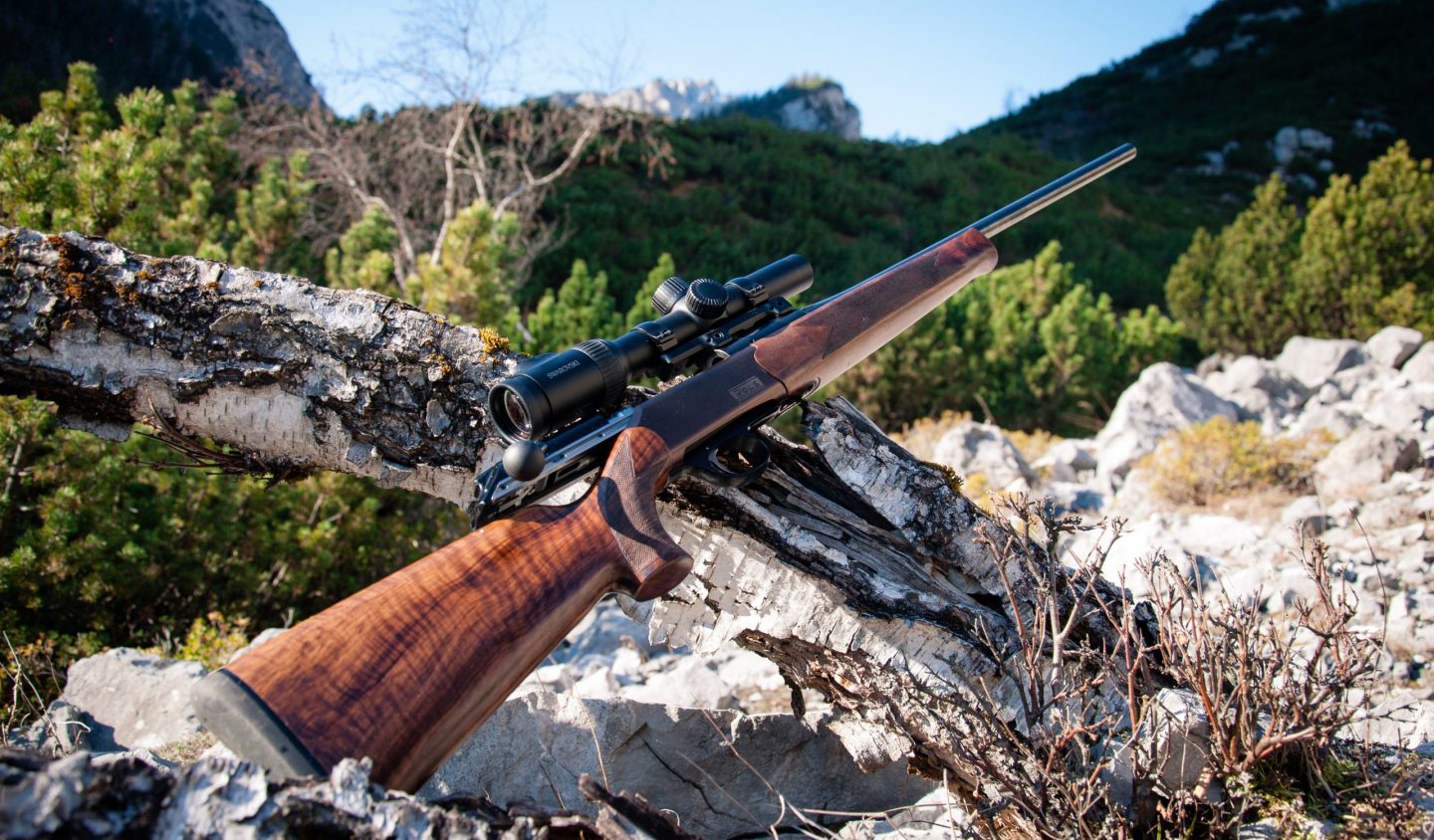
The ROLS Revolution
The ROLS rifle was launched as a major innovation in hunting firearms. This linear-loading rifle, developed with the support of Austrian engineer Peter Ebenberger, is protected by several patents.
This development allowed Chapuis Armes to reposition itself in both the French and international markets, responding to the evolving practices of hunting.

The Alliance with Beretta
Chapuis Armes joined the Beretta Group, opening new opportunities for international development while preserving its unique identity and expertise.
This strategic alliance notably provided access to Beretta’s global distribution network.
In the first year following the partnership, export revenue increased by 160%, confirming the strategic value of this collaboration.

Investment Program
Between 2019 and 2024, Chapuis Armes carried out a major industrial investment program to thoroughly modernize its production facilities. In a context of sustained growth and increasing demands for quality and traceability, this transformation reflected a clear objective: combining artisanal craftsmanship with cutting-edge technology.
Several state-of-the-art pieces of equipment were integrated into the workshop, including:
- DMG MORI 5-axis machining centers (DMU 50)
- An NTX 1000 multitasking machine
- A high-precision GF LASER P 400 U marking unit
- And new automation solutions
These strategic investments have enhanced operational precision, improved responsiveness, optimized workplace ergonomics, and expanded production capacity. They also demonstrate a strong commitment: evolving our industrial tools while preserving the soul of our firearms—crafted with rigor, passion, and technical mastery.

Launch of the ROLS.2
In 2024, Chapuis Armes reached a new milestone with the launch of the ROLS.2, the natural evolution of its emblematic linear‑reloading rifle. The result of several years of development, this new version embodies both the house’s mechanical heritage and the most current technological requirements.
Designed, machined and assembled in France, the ROLS.2 benefits from all the know‑how acquired in recent years.
